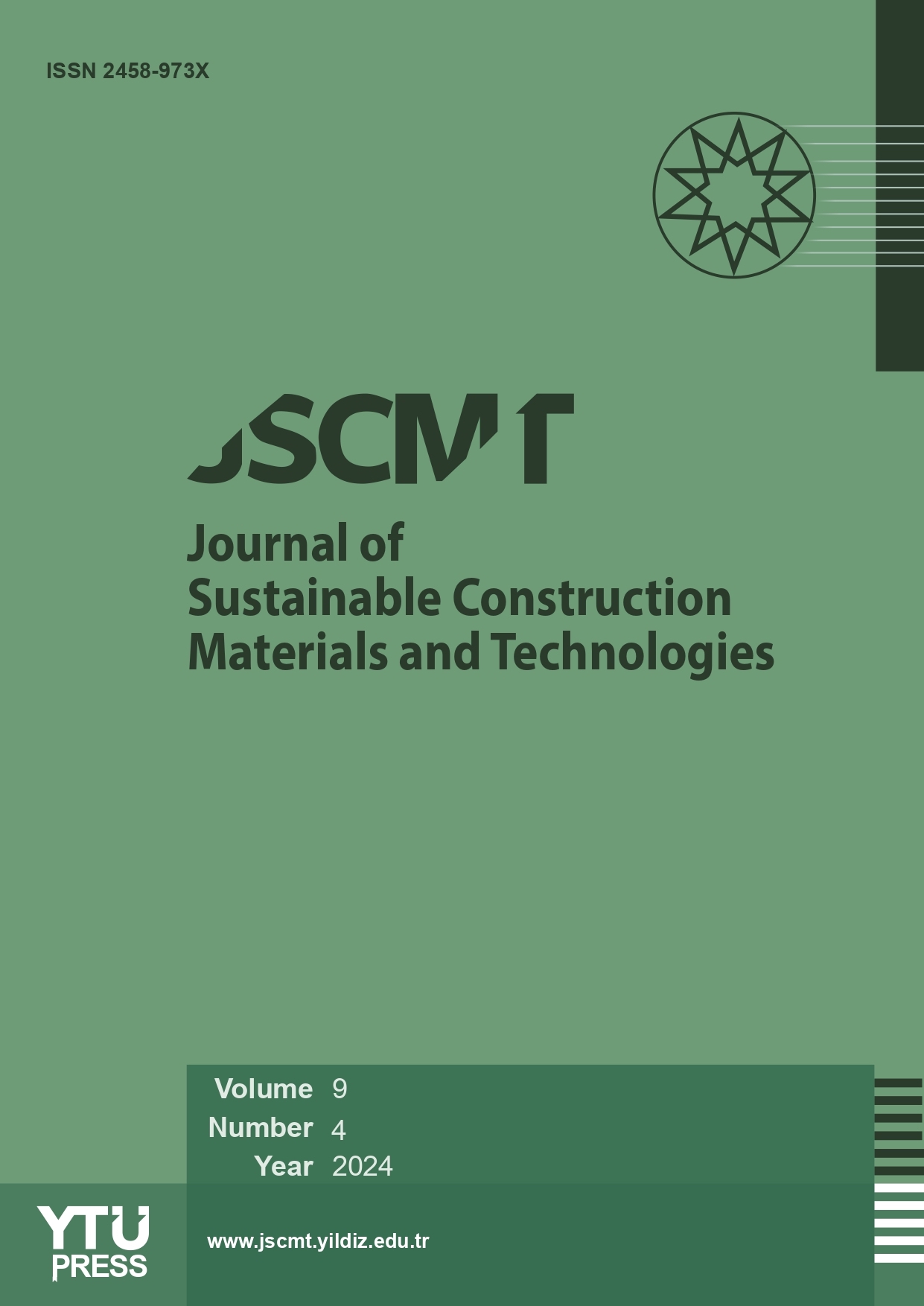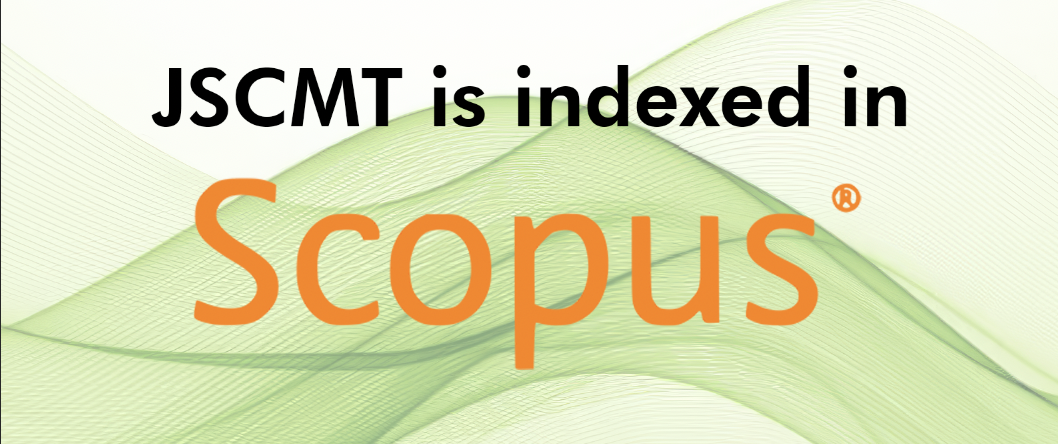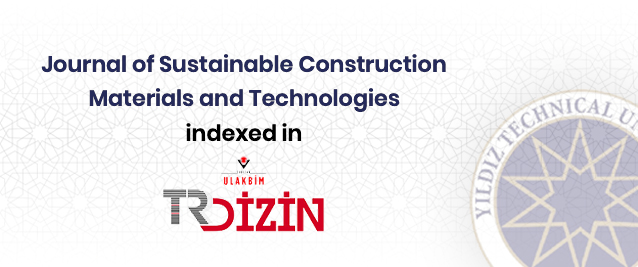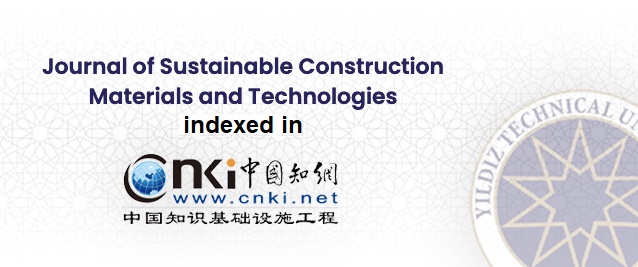Abstract
The study presents possible use of fly ash in asphalt concrete and also an insight on the effect of different fly
ash content on Marshall Properties and Optimum Bitumen Content (OBC). Use of a VG-10 grade bitumen was
done for the preparation of mix. Four fly ash content, 3%, 5%, 7% and 9% with varying bitumen contents were
prepared and compared with 5% cement mix and 5% stone dust mix.
Consideration of filler content in mix design is very important. At different filler contents asphalt concrete
mixes behave differently. Marshall Stability of mix increase with the increase in filler content at OBC. However,
stability only increase till 7% fly ash content. With more inclusion of fly ash in the mix, stability decreases. A
maximum stability of 15.88 kN is observed at 7% fly ash content at 6.30% OBC. In contrast to that, mixes become
less flexible when filler content is increased in mix (mixes show lower flow value). Thus, increased viscosity (as
shown from increased flow value) results in increase in OBC with increase in fly ash content. Additionally, mixes
with fly ash behaves superiorly when compared to other conventional mix. Fly ash mix at 7% content at OBC,
though with high cost is economically feasible and superior in physical characteristics (in the case, Marshall
properties) compared to other fly ash content mix and cement mix.















